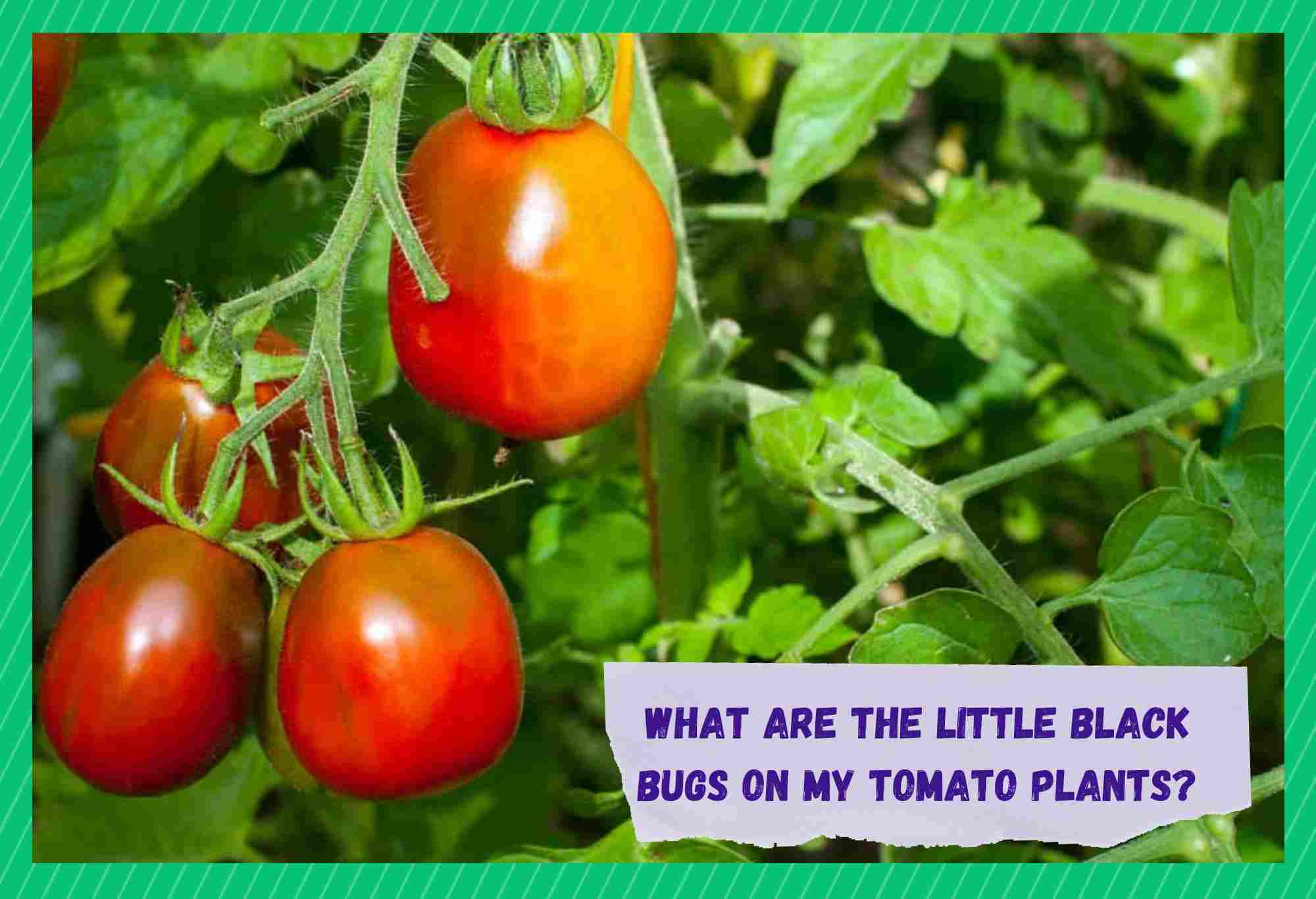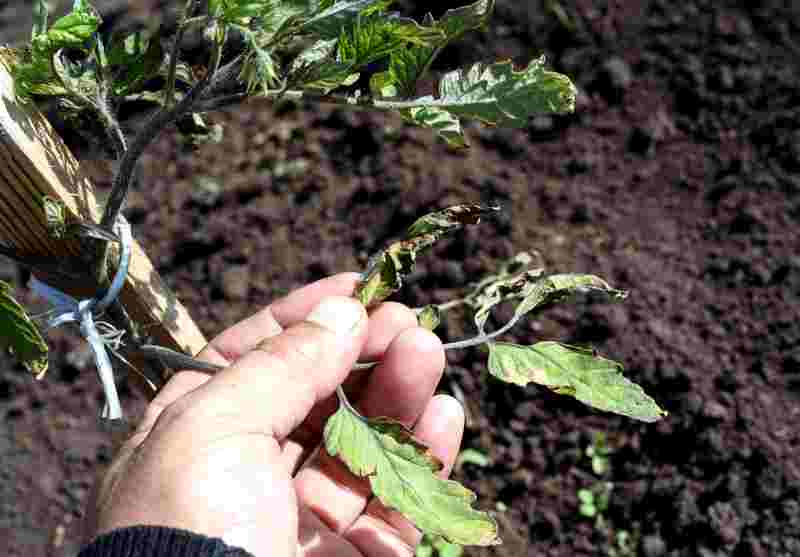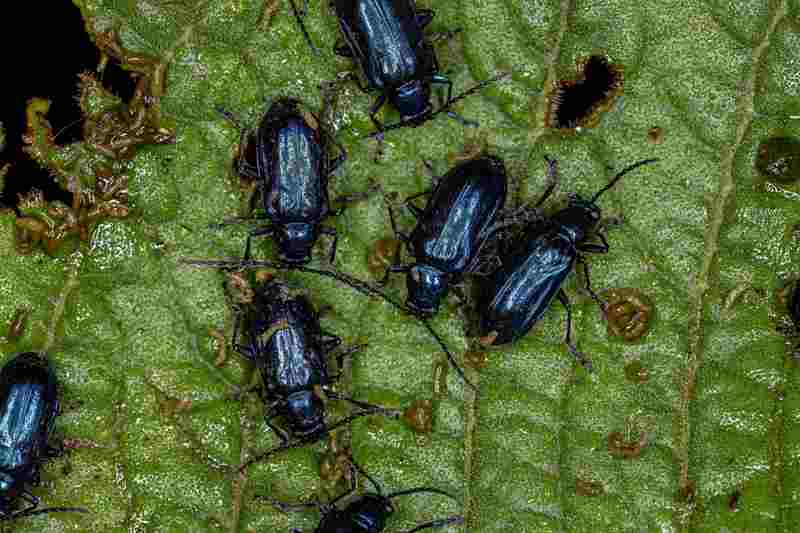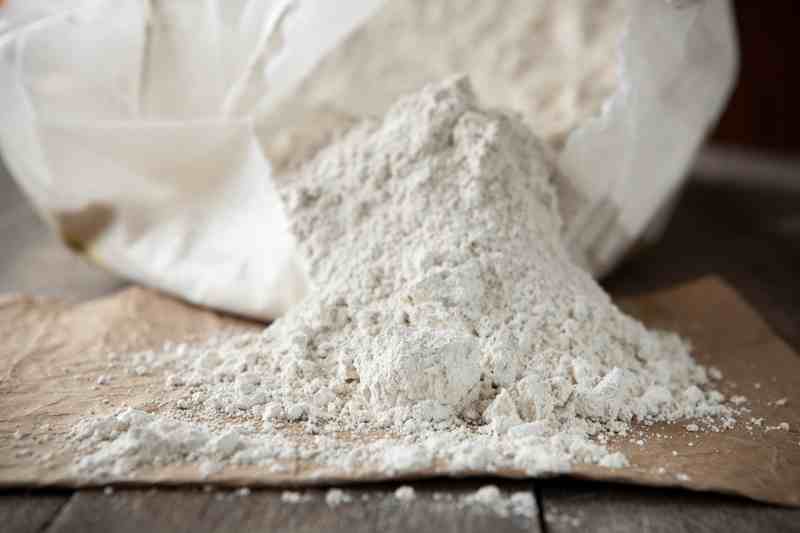
Growing tomatoes at home might sound like a good idea (and an easy one) but it’s hard to protect them from insects and pest attacks. Just like you, aphids and flea beetles also love tomatoes but they will damage the entire plant.
Generally, these bugs appear on the tomato plants in black color, so are you ready to know more about them?
What Are The Little Black Bugs On My Tomato Plants?
When it comes down to the ripe tomato plants, they are vulnerable to various pests but flea beetles and aphids are the most common ones. Aphids can be a major issue if you grow tomatoes, as you are likely aware. These bothersome little creatures can infest your plants very fast and do significant harm.
We will go over what aphids are, why they are bad for tomatoes, and how to get rid of them in this blog post. In order to prevent them from returning, we will also offer some prevention advice.
Meanwhile, because the leaves of growm plants are already large enough to withstand a few holes, flea beetles typically do not cause fatal damage to them.
The main risk is plant-to-plant transmission of bacterial illnesses like wilt and blight by beetles. Here is a detail guide on how to protect your tomatoes from these little bugs:
Aphids:
Aphids will almost certainly be found on your plants if you are gardening for a long enough time. Aphids are a very prevalent pest in organic gardens. They affect practically all plants, and dealing with them can be exceedingly frustrating. Aphids may be the tiny black bugs on your tomatoes.
Aphids are incredibly small insects, about the size of a pinhead and with colours ranging from white to pink, light green, and even black. Aphids are small insects with rounded, supple bodies. They typically gather on plant stems and leaves, which they bite into to get the juices inside.
Damage
Aphids of several species feed on tomatoes and harm the plant by sucking out honeydew and causing sooty mould to form.
Aphids are basically smaller insects that spread the infection to different plants after feeding on tomatoes. If your tomato plant has little black bugs and the leaves are turning yellow and are curled, it’s caused by aphids.
A few aphids here and there won’t ruin your garden, but when a major infestation takes hold, the mutilation of your plants’ soft tissues may be fatal.
In the best-case situation, aphid damage can prevent your plants from growing as they should. Aphids can, in the worst scenario, damage plants by overfeeding or spreading disease.
What to do?
- A powerful stream of water can occasionally be used to spray afflicted plants and get rid of aphids that way.
- Aphids can be controlled with neem oil, insecticidal soaps, and horticultural oils, but these products must come into contact with the pests in order to be effective.
- The most straightforward method to create a natural aphid killer spray for that aphid infestation is to mix a few teaspoons of liquid dish or insecticidal detergent in a pint of water. Fill a spray bottle with the water and soap combination, grab a dish sponge, and go outside to your garden.
Flea Beetles:
On the other hand, flea beetles are the commonly found pests and insects that can damage tomato plants. In most regions, flea beetles are a frequent pest of tomato seedlings. Small (1/10 inch long), glossy, dark brown or black beetles that are adults can jump when startled because of their broad hind legs.
On their wing cases, some species may have white or yellow stripes. 1/8 to 1/3 inch length, cream-colored larvae are tiny worms. They are underground creatures that eat young plants’ roots and tubers as well as germination-stage seeds..
Damage
Adult beetles create sieve-like effects in leaves by chewing tiny holes in them. The tiny, elongated, white larvae feed on the plant’s subterranean components, but this harm is not important economically.
They are available in brown as well as black colors. If you want to identify the flea beetles, they have a size of around 1/10 inches. If your tomato plants are infested by flea beetles, you will see holes in the plant’s leaves.
Rarely, flea beetles may consume ripe fruit directly, right below the calyx.
This damage resembles the feeding of the tomato pinworm, Keiferia lycopersicella, or the juvenile tomato fruitworm, Heliocoverpa zea, and is typically only present in plants that are very late in the growing season and whose leaves are senescing due to maturity, a lack of water, or powdery mildew.
Fruit that has been damaged has been given a lower rating.
What to do?
- To lessen overwintering sites, remove garden waste and plough or rototill under weeds.
- When placed over seedlings and left in place until plants are grown enough to withstand beetle damage, floating row covers are quite effective.
- To catch adults, place yellow sticky traps every 15 to 30 feet along vegetable rows.
- By destroying the larval stage, beneficial nematodes reduce root feeding and aid in preventing the next generation of adults from emerging from the soil.
- Apply natural Diatomaceous Earth for enduring defence. DE kills by slicing the outer layer of an insect as it crawls over the fine powder, which is composed of microscopic fossilised aquatic organisms that, when viewed under a microscope, resemble broken glass. DOES NOT CONTAIN TOXIC POISONS!
- In order to protect crops from insect pest damage, Surround WP (kaolin clay) creates a protective barrier film that serves as a broad spectrum crop protectant.
Some Tips and Tricks:
If you have planted tomato plants and want to prevent the chances of black bugs, you must remove debris and weed regularly. In addition, it’s best that you utilize row covers because it helps protect the young plants.
The development of these bugs can be controlled by using natural or organic pesticides. In addition to these basic tips, we are sharing additional protection tips, such as;
- The tomato plants need to be supported to ensure the leaves and branches are elevated. As a result, the blossom-end rotting will be prevented which causes black bugs. For adding support, you can use the cylindrical cones
- While you are planting tomatoes, it’s best that you plant some basil, marigolds, or cabbage around them because it will help repel flea beetles as well as aphids
- The chances of black bugs will increase on tomato plants if there are excessive weeds around the plants. That being said, you should regularly clear off the weeds
- If there are larger black bugs on your tomato plants, use gardening gloves to remove them by hand. However, the smaller ones can be killed off by using natural and organic pesticides
Conclusion:
If the damage has been done already, you need to work on the solution rather than working on preventive measures. For instance, you can opt for insecticides that have spinosad, carbaryl, bifenthrin, and permethrin because they have been proven effective for clearing out the black bugs.
Generally, these insecticides have to be sprayed on a weekly basis to ensure the bugs stay away.
Secondly, the utilization of row covers will help protect the young tomato plants from pest infestation and related diseases. As far as reversing the damage is concerned, that’s not possible. So, if the tomato plant is dying, pull it out and protect other plants!






The. Bugslook like a stinger that hangs out the side of bug